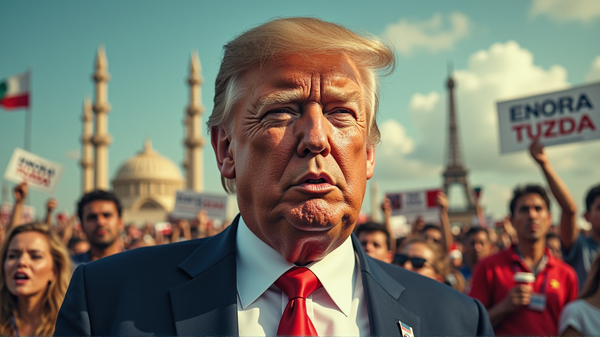Russia Plans to Use Uzbekistan to Circumvent Sanctions: Resistance Reports

Details: According to the national resistance, Russians plan to establish and fund front companies in Uzbekistan for the procurement of electronics for UAVs, bypassing imposed sanctions.
Background: In a meeting of CIS country leaders on December 26, 2023, Russian leader Vladimir Putin discussed cooperation terms with Uzbekistan's top military and political leadership.
The resistance highlights preliminary agreements to set up several front companies in Uzbekistan, funded by the Russian government.
Quote: "Officially, the cooperation was announced in the transportation sector. However, the Resistance Center reports the actual creation of sham companies to circumvent international sanctions by Russia, and establishments for UAV assembly using foreign electronic components.
These companies will later export products and components to various Russian defense enterprises, including 'Kazan Electropribor Plant,' 'Elekon Plant,' 'Stella-K,' and others.
Additionally, Russia plans to purchase Soviet-era ammunition stocks from Uzbekistan.
Consequently, Russians intend to continue deploying sham enterprises in Central Asia to sidestep international sanctions."
Expansion of the Story:
- Introduction and Context: Provide an overview of the situation, including the geopolitical context, the significance of the CIS meeting, and Russia's motives behind these alleged actions.
- Analysis of the Meeting and Agreements: Delve into the specifics of the December 26 meeting, exploring the implications of the agreements and their potential impact on the region.
- Role of Uzbekistan: Examine Uzbekistan's position, its historical and current relations with Russia, and the reasons it might be participating in such agreements.
- International Sanctions and Russia's Tactics: Discuss the international sanctions against Russia, their intended effects, and how Russia has been trying to circumvent them, including the role of front companies.
- Impact on the Global Stage: Analyze how these developments might affect international relations, particularly between Russia, CIS countries, and the West.
- UAVs and Military Implications: Focus on the specific use of electronics for UAVs, the strategic importance of UAVs in modern warfare, and how these developments might alter military dynamics.
- Conclusions and Future Prospects: Summarize the findings, discuss potential future developments, and propose what steps the international community might take in response.




